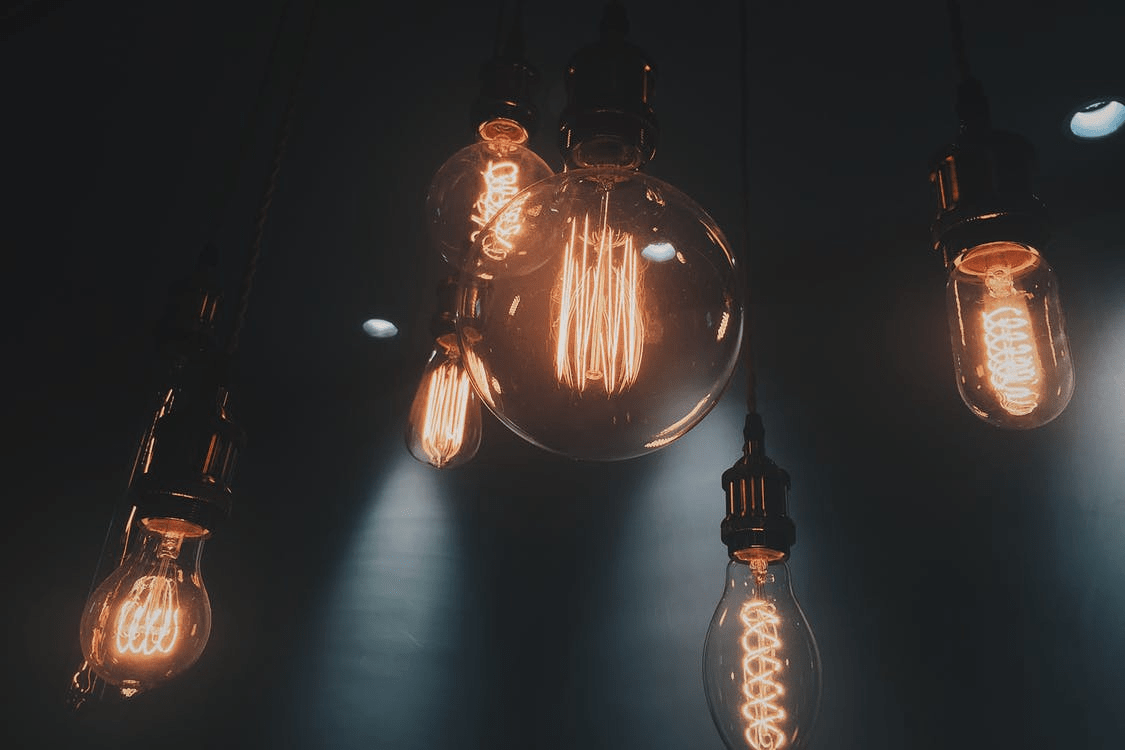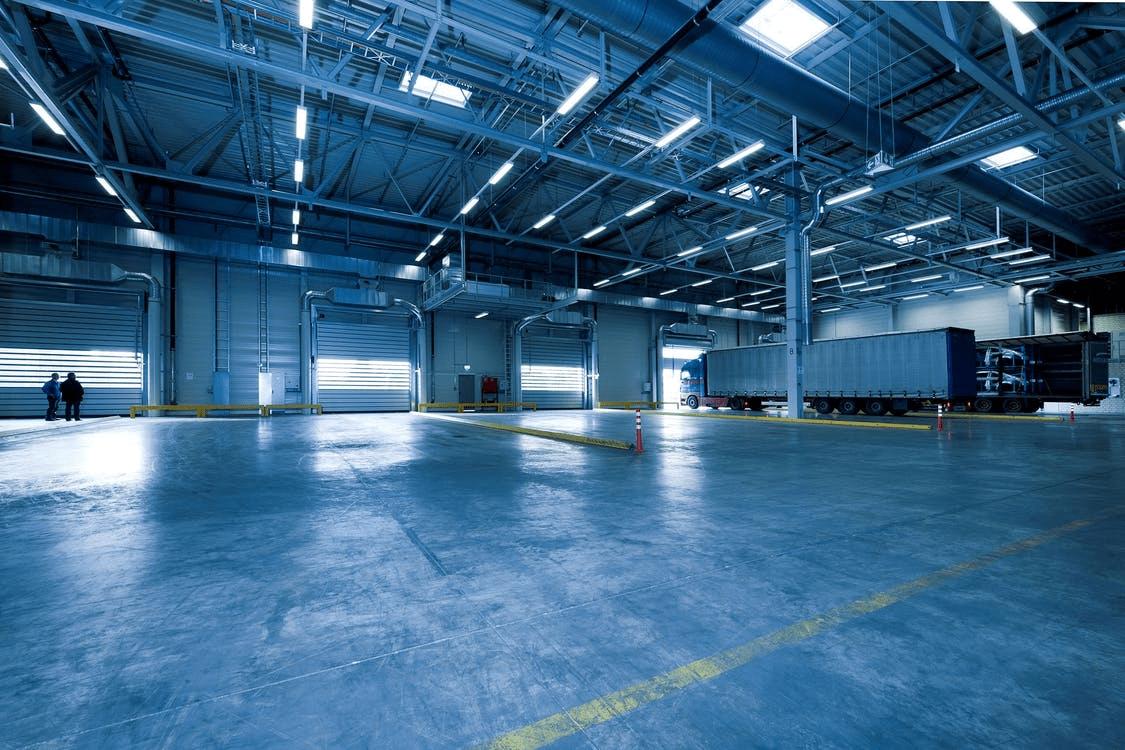
How To Decide What Kind Of Lighting Your Business Needs?
Every company needs proper lighting, but selecting the right one may be tough.
We'll show you how to find the illumination you require in this article.
Brightness
You'll want to pick a brightness that will assist employees to focus on their tasks, depending on the sort of setting your office has. Employees will struggle to see items and stay attentive if the lighting is dim. If you own a large warehouse, you'll need lights that are bright enough to illuminate huge regions. Remember that a warehouse normally has a high ceiling, so a modest recessed light would be insufficient to illuminate the space. Calculate the square footage of the room. Measure the length and breadth of the floor and multiply those two values to get the area in feet squared in a rectangular space.
Desks are one of the most crucial aspects of your office. Projects are worked on here, ideas are discussed here, and tasks are followed up on here. It's critical that you have good illumination in this area. If your workstations are dimly lit, it might induce eye strain and fatigue, which can lead to a loss of attention and productivity. If your workstations are overlit, it can cause visual discomfort and glare, as well as a drop in productivity and employee happiness.
Different Types of Lighting
In a typical light bulb, you'll discover incandescent light. These are, without a doubt, the most inefficient options available today. They use a lot of energy and run out quickly. The only advantage they have is that the bulbs are less expensive. Aside from that, it would be preferable to consider options that will provide you with more longevity and efficiency.
LEDs have tens of thousands of hours of the life cycle, which is significantly longer than conventional lights. Unlike most other forms of lighting, such as HIDs or fluorescents, the light output remains stable throughout time. LEDs continue to emit enough light even after surpassing the specified number of hours as they decay. You can check out various LED light possibilities available at Viribright.com and choose something that will complement your workspace perfectly. The energy efficiency of fluorescent lighting is one of its outstanding features. According to the US Department of Energy, a fluorescent light bulb saves roughly 25-35 percent of the energy it consumes when compared to a traditional light bulb. In addition, a compact fluorescent lamp (CFL) consumes around 75% less energy than a standard light bulb. That implies that a fluorescent lamp would only need to utilize 20 watts of power to provide the same amount of light as a 75-watt incandescent bulb.
The Right Color
When looking straight at a lighted bulb, the color temperature specifies how the light appears. Color temperatures of around 2700K appear yellowish-white in bulbs. The hue becomes less yellow and whiter as the color temperature rises to 3000K and 3500K. Color temperatures exceeding 5000K have a blue-white appearance.
People at work can benefit from bright white light that simulates sunshine. The brightness and wavelength of ambient light can affect the human circadian rhythm, biological clock, mood, and alertness, in addition to assisting individuals visually and assisting them in completing activities that would otherwise be hard to do without artificial light. LEDs can assist reduce these concerns by offering tunable warmer or cooler color light as well as brighter or dimmer lighting conditions, depending on the demands of the work at hand. They're also very directional, which helps to reduce screen glare and make office employees more comfortable.
Warm yellow or orange lights are preferable for resting and unwinding, but cold blue or cool white lights are preferable for waking up, contemplating, and working.
The Cost
Substandard lighting is frequently considered a simple way to save money on an office fit-out and renovation projects, but it comes at a hidden cost to any business. Here's how to ensure that the illumination you supply has long-term benefits.
Lighting expenses for companies will continue to reduce considerably in the foreseeable future as LED lighting evolves. An LED may have had a lumen per watt (light generated per unit of power) of 60-80 ten years ago. Philips and other manufacturers are already manufacturing lights with a brightness per watt of over 200, and advances are continuing apace. To provide the same amount of light as an incandescent bulb, an LED currently requires around 15% of the energy. While they are more expensive to buy, they are far more cost-effective to use in the long run. This lowers the cost of light even more, to the point where it seems to be negligible.

Finding the correct lighting for your business may have a lot of advantages. There are numerous alternatives available to you; all you have to do is figure out which one is best for your company. Hopefully, we were able to show you how important proper lighting can be for your company.
Trending
-
1 Jocko Willink's Inspirational Life & Net Worth
Aaqil Ashraf -
2 How Art Shapes Culture and Reflects Human Experience
Luke Fitzpatrick -
3 Meet Felix Williams and Maria Arthuer: The Parents of World Class Winger Nico Williams
Felix Yim -
4 Kai Cenat's Dad and the Enduring Public Interest
Aaqil Ashraf -
5 London Tube Stations Closed as Workers Stage Strikes
Mihir Gadhvi






Comments